There are about 6000 languages that exist today. Language began thousands of years ago and determining the oldest of them is a hot debate. Researchers continuously search for proof of the earliest existing languages even though it is a very difficult task.
What is a Language?
Language is nothing but a set of symbols or words that is used for day to day interaction and communication. The basis of language is the environment where you grow up and develop. It consists of written as well as manual signs and symbols. It is the way and means by which, humans, as social animals, interact and talk to one another. The main basis of language is words and the formation of various words into different types of sentences.
There are many types of languages that are spoken in this world and each language has its own set of syllables and definitions. There are various purposes that a language can solve. Some of this include communication, expression, amongst others. Also know about the Malayalam OCR.
Oldest Known Languages in the World
Therefore, many contenders make the list for the oldest languages. Let’s take a look at the top ten oldest languages in the world.
10. Latin

Old Latin refers to the Latin language in the period before 75 BC. Latin was the language of the victors of many wars and battles fought on the Italian peninsula. It gained most importance when it became the formal language of the Roman Empire. All Romance languages are descended from Latin, and many words based on Latin are found in other modern languages such as English. Today, Latin is taught in higher education courses and still endures.
- Read Also: Top 10 Most Spoken Languages in the World
- Read Also: Top 10 Most Widely Spoken Languages in India
9. Armenian
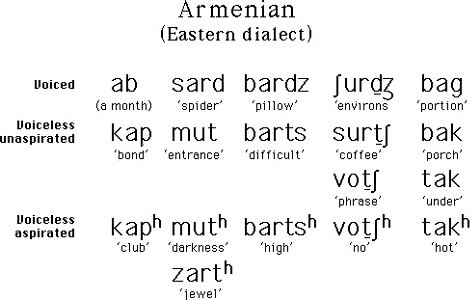
Armenian is an Indo-European language spoken by Armenians. Its language has a long literary history, with a fifth-century Bible translation as its oldest surviving text. The last text found makes it likely that Armenian began around 450 BC. Today, Armenian is the mother tongue of over 5 million people.
8. Korean

The Korean language dates back to 600 BC.The Korean language is spoken by more than 65 million people living on the peninsula and its outlying islands as well as 5.5 million Koreans living in other parts of the world. The fact that all Koreans speak and write the same language has been a crucial factor in their strong national identity.
7. Hebrew

Hebrew is over 3000 years old, originating around 1000 BC. It is an ancient Semitic language and the official language of the State of Israel. For many years, Hebrew was a written language mostly for sacred texts thereby given the name of “holy language.” Today it is both a spoken and written language that ties the Jewish community together.
6. Aramaic
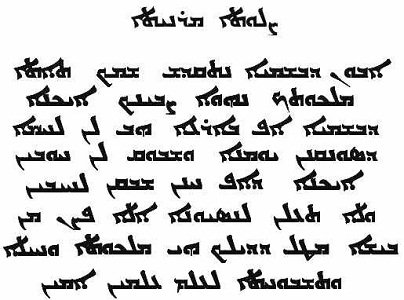
Research has shown that large parts of Hebrew and Arabic languages are borrowed from the Aramaic language.Diplomatic documents between Aramaean city-states dating back to the 10th century BC (1000 BC) prove this to be one of the oldest languages.Modern Aramaic, in its various dialects, is spoken in modern-day Iraq, Iran, Syria, Israel, Lebanon, and the various Western countries to which the native speakers have emigrated, including Russia, Europe, Australia and the United States.
5. Chinese
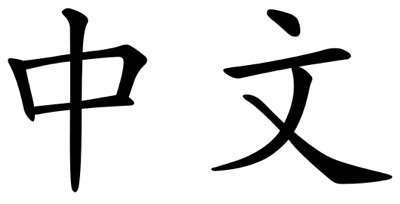
The first written records of Chinese language date back 3000 years to 1200 BC and the Zhou Dynasty. Over time, the Chinese language has evolved and nearly 1.2 billion people speak some form of Chinese as their first language. This is the most popular language spoken in the world.
The Chinese language is a family of Sino-Tibetan languages spoken by over 1.3 billion people in China, Taiwan, and other parts of Southeast Asia. It is one of the most widely spoken languages in the world.
There are several dialects of Chinese, the most widely spoken of which are Mandarin, Cantonese, and Shanghainese. Mandarin is the official language of China and Taiwan, and is taught in schools throughout the Chinese-speaking world. Cantonese is primarily spoken in the Guangdong province of China, and in Hong Kong and Macau. Shanghainese is spoken in the Shanghai region.
The Chinese writing system is composed of characters, which are logographic, meaning that each character represents a word or a concept, rather than a sound. It is a logographic writing system which is considered one of the oldest writing systems in the world.
Chinese has a complex grammar and a large number of idiomatic expressions. It is a tonal language, meaning that the tone of a syllable can change the meaning of a word. There are four tones in Mandarin Chinese, and Cantonese has nine tones.
In recent years, the Chinese language has become increasingly important in international business, politics, and culture, making it a valuable skill to have in today’s globalized world. The Chinese language is also considered as one of the hardest languages to learn for English speakers due to the complexity of its grammar, characters, and tones.
Overall, Chinese language is a major language spoken by many people and it is important for commerce and culture, making it a valuable skill to have.
4. Greek

The earliest written evidence of the Greek language dates back to 1450 BC. Greek is mostly spoken in Greece, Albania, and Cyprus, by roughly 13 million people. The Greek language has a long and rich history which makes it among the oldest of European languages.
3. Egyptian
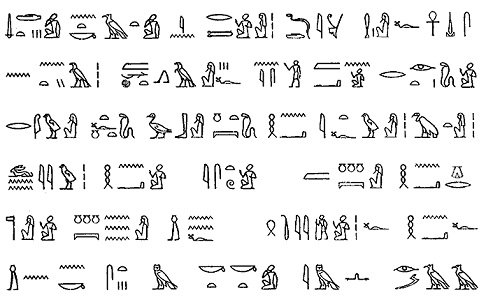
Egyptian is the oldest known language of Egypt. It comes from the Afro-Asiatic language family. Tomb walls bearing autobiographical writings in Old Egyptian have been found dating back to 2600 – 2000 BC. There is considerable and varied literature in Egyptian. Today, Egyptian survives as the liturgical language of the Coptic Church.
It is also known as the “language of the gods” and it was used for religious texts, inscriptions, and monumental inscriptions, as well as for administrative and legal documents.
The Egyptian language has two main forms: Old Egyptian, which was used from around 2600 BCE to 2000 BCE and Middle Egyptian, which was used from around 2000 BCE to 1300 BCE. The last phase of the Egyptian language is called Demotic and was used from around 700 BCE to 400 CE.
The writing system used for the Egyptian language is hieroglyphics, which is a system of logographic and alphabetic writing. The hieroglyphics were used for monumental inscriptions and religious texts, while a simplified version, known as hieratic script, was used for administrative and legal documents.
2. Sanskrit
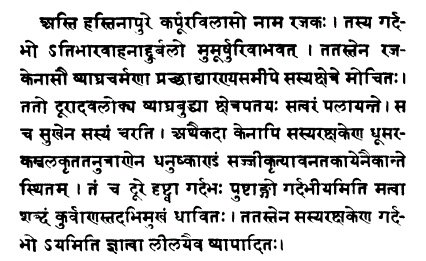
Researchers believe that Sanskrit, which heavily influenced many European languages, originated from Tamil. Sanskrit is the classical language of India, dating back to 3000 BC. Sanskrit is still one of India’s official languages, although its use in the vernacular is limited.
Sanskrit is an ancient Indo-Aryan language that originated in the Indian subcontinent. It is considered one of the oldest and most classical languages in the world. It was the language of ancient India and was used for religious and scholarly texts, including the Vedas, the Upanishads, and the Mahabharata.
Sanskrit has a complex grammatical structure and a rich vocabulary. It is known for its precise and elegant expression. It has been heavily influenced by other languages, such as Prakrit and Pali, and has also influenced many modern languages, including Hindi and Bengali.
Sanskrit was the language of the elite in ancient India and was used in religious ceremonies, religious teachings, and scholarly texts. It was also used as a language of instruction in ancient Indian universities.
Today, Sanskrit is not widely spoken as a first language, but it is still studied and used in religious and scholarly contexts. It is also used in Hindu and Buddhist liturgy, and in traditional Indian music and dance.
The Indian government has been promoting the study of Sanskrit in recent years and it is now being taught in some schools and universities across India.
1. Tamil
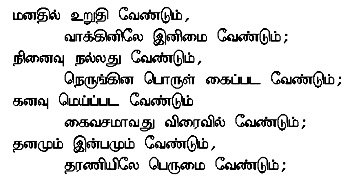
Tamil language is more than 5000 years old and its literature is vast and varied. Tamil is one of the longest surviving classical languages in the world. Just 14 years ago, a survey concluded there were 1,863 newspapers published in Tamil proving the language is still used today.
Many scholars believe the origins of language are not suitable for serious study due to the lack of evidence. This list hones in on the oldest known languages still in existence today. Theory has it that the need for verbal communication arose because man formed groups to better hunt, thereby creating the need to communicate with one another. Language has evolved from the grunts and sounds of ancient man to today’s more sophisticated words and phrases.
Santosh Kumar is a Professional SEO and Blogger, With the help of this blog he is trying to share top 10 lists, facts, entertainment news from India and all around the world.
